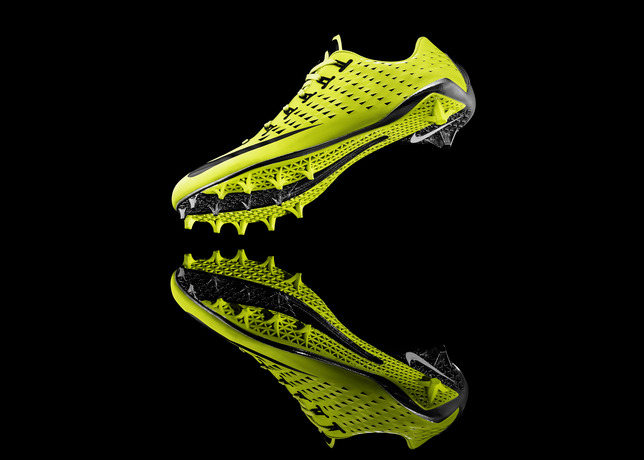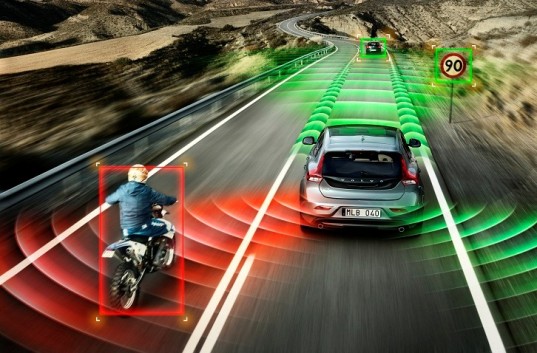Vehicle equipped with remarkable range of facilities could revolutionize treatment in rural parts of the sub-Sahara.
At the back of the truck is a small soundproof booth with a chair, light and pair of headphones. Outside the door sits a “screening memory audiometer” with a laptop and printer. This is an ear clinic on wheels, designed to reach the far-flung corners of Africa.
“Before they go to school, children are tested so we know their specific needs,” says Kea’ Modimoeng, of Samsung, unveiling the $250,000 (£168,000) vehicle in Cape Town, South Africa, this week. “If David has a hearing difficulty, let him sit at the front of the class instead of the back, where he’s not able to take part in the lesson.”
The ear clinic is just one element of what is billed as Africa’s first solar-powered mobile health centre. The seven-metre truck also contains a fully equipped eye and blood clinic and a dental surgery. Its target is the six in 10 people in sub-Saharan Africa who live in rural areas, often lacking the time and money to travel long distances to reach health services.
Patients will be screened for conditions such as diabetes, high blood pressure, tooth decay and cataracts. There will be an emphasis on health education and encouraging tests as a preventative measure.
In the next 10 weeks, Samsung plans to add a mother-and-child clinic capable of 4D ultrasound scans and delivering babies.
“Healthcare and education are the key challenges in Africa,” Modimoeng says. “The challenges are huge. In Africa our existing healthcare system is overcrowded. We are trying to ease that burden.”
On Wednesday, the truck was parked on Grand Parade, where thousands gathered
to hear Nelson Mandela’s first speech from the city hall after his release from prison in 1990. It was among innovations promoted by Samsung, the South Korean giant better known for mobile phones and televisions, under the slogan, “
Built for Africa“.
The mobile health centre was constructed in Johannesburg, painted in Samsung’s corporate blue and white, and included, under an awning, a TV screen. Modimoeng said public information videos would be shown to communities as they queued. Inside, many of the products are made by specialist manufacturers or pharmaceutical companies.
At the front is the eye and blood clinic, with a reclining chair for the patient, a sink and mirror, and hi-tech equipment including a blood analyser, spectacle repair kit and “Reichert PT100 portable NCT” – a non-contact tonometry test to measure pressure inside the eye. It is likely to have a staff of four.
The facility would enable testing for HIV, malaria and numerous other conditions, Modimoeng says. “You can get blood test results instantly. They can print a prescription for you.”
Next comes the dental clinic, much like any other with its familiar chair and overhead light. It also has an x-ray unit, air motor, mobile suction unit, water distiller and needle incinerator. It will have three staff.
At the rear is the ear clinic, expected to have two staff.
This is the first of its kind, Modimoeng says, and the ambition is to reach 1 million people in Africa by 2015. “We are scaling up with Africa in mind. We want to collaborate with governments. The intent is there from various countries.”
But he admitted that solar power alone is still not enough. “This uses a lot of energy. The solar power charges the lighting, TV and so on. The rest relies on an inbuilt generator using unleaded fuel or a power plug. It’s a step in the right direction and, as time unfolds, we are looking at getting equipment that uses less energy.”
But can the health centre withstand Africa’s notorious potholed, bone-jarring roads? “Definitely,” Modimoeng insists.
Also on show at the Samsung forum, where the Guardian was among 200 invited media guests, was a
solar-powered internet school – a 12-metre container that can accommodate at least 21 pupils, each with a laptop, and has 24 solar panels providing nine hours of power a day.
Fully charged, the batteries last three to five days. Since their launch in 2011, the $100,000 schools have begun operating in Angola, Botswana, Ivory Coast, Lesotho, Nigeria, Rwanda and South Africa, helping an estimated 7,000 children. Nearby was a solar power generator that can be connected to conventional classrooms. Samsung says that, on average, less than 25% of rural areas in Africa have access to electricity.
Leonard Tleane, smart schools solutions provider for the company, says solar energy is a growing part of the solution. “The costs are definitely coming down and most of corporate South Africa is moving into solar power. You walk into the townships these days and almost every house has a solar geyser.”
Source: PSFK.COM






























